Difference Between PTFE and Expanded PTFE
In the world of industrial materials, PTFE (Polytetrafluoroethylene) and expanded PTFE (ePTFE) are two names that frequently come up. These materials are known for their remarkable properties and versatility, making them essential components in various industries. In this comprehensive guide, we will delve deep into the dissimilarities between PTFE and expanded PTFE, shedding light on their unique characteristics, applications, and the manufacturing processes that set them apart.
Section 1: Understanding PTFE
Polytetrafluoroethylene, commonly referred to as PTFE, is a synthetic fluoropolymer discovered by Dr. Roy Plunkett in 1938. This white, waxy solid is renowned for its exceptional properties:
- Non-Stick Surface: PTFE has a low coefficient of friction, which means it offers excellent non-stick properties. This feature has made it famous as the coating for cookware like non-stick pans.
- Chemical Resistance: PTFE is highly resistant to chemicals, acids, and solvents. This property makes it ideal for use in industries where exposure to corrosive substances is common.
- High Temperature Stability: PTFE can withstand high temperatures without degrading, making it suitable for applications involving extreme heat. (PTFE is stable and nontoxic at lower temperatures, it begins to deteriorate at temperatures of about 260 °C)
- Electrical Insulation: It has excellent electrical insulation properties, which make it suitable for use in electrical and electronic applications.
- Low Friction: PTFE exhibits low friction, making it an excellent choice for bearings, seals, and gaskets.
- Biocompatible: PTFE is biocompatible and used in medical applications such as prosthetic implants.
- Manufacturing Process: PTFE is manufactured through a process involving the polymerization of tetrafluoroethylene (TFE) gas at high temperatures. The resultant polymer is then processed into various forms, including sheets, rods, and tubes.
Section 2: Exploring Expanded PTFE (ePTFE)
Expanded PTFE, or ePTFE, is a modification of PTFE that takes the exceptional properties of PTFE to a whole new level. This modification involves a unique expansion process that imparts ePTFE with distinctive characteristics:
- Porous Structure: The most notable difference between PTFE and ePTFE is the latter's porous structure. This porous network is created during the expansion process, resulting in a material that is about 95% air by volume.
- Increased Flexibility: ePTFE is more flexible than traditional PTFE due to its porous structure, making it easier to conform to irregular surfaces.
- Enhanced Sealability: The porous nature of ePTFE gives it superior sealability properties, making it an ideal choice for gaskets and sealing applications.
- Improved Compressibility: ePTFE is highly compressible, allowing it to maintain a seal even under low levels of compression.
- Temperature Resistance: Like PTFE, ePTFE is highly temperature-resistant, but its enhanced flexibility and conformability make it suitable for sealing applications even in extreme temperature conditions.
- Non-Abrasive: ePTFE's porous structure makes it non-abrasive, which is crucial in applications where abrasion could be a concern.
- Manufacturing Process: The expansion process of PTFE involves heating the material to a specific temperature and then rapidly cooling it. This creates a microstructure with nodes and fibrils, resulting in the characteristic porous structure of ePTFE.
Section 3: Applications of PTFE and ePTFE
To understand the differences between PTFE and ePTFE fully, it's important to understand where each material excels in terms of applications:
PTFE Applications:
- Non-Stick Cookware: PTFE's non-stick properties make it an ideal coating for pans and baking sheets.
- Chemical Handling: PTFE is used in the chemical industry for pumps, valves, and piping systems due to its excellent chemical resistance.
- Bearings and Bushings: Its low friction and self-lubricating properties make it suitable for bearings and bushings.
- Electrical Insulation: PTFE is used in the electrical and electronics industry for insulation.
- Medical Devices: Its biocompatibility makes it suitable for medical devices like catheters and prosthetics.
ePTFE Applications:
- Gaskets and Seals: ePTFE's superior sealability and compressibility make it an excellent choice for gaskets and seals in various industries.
- Filters and Membranes: The porous structure of ePTFE is ideal for filtration applications, including air filters and water purification systems.
- Medical Implants: ePTFE is used in medical implants like vascular grafts and hernia repair patches due to its biocompatibility and flexibility.
- Automotive Gaskets: Its ability to create a reliable seal under low compression is valuable in automotive gaskets.
- Expansion Joints: ePTFE is used in expansion joints for piping systems due to its flexibility and resistance to temperature fluctuations.
Additional applications for ePTFE include:
- Glass-lined flanges, reactors
- Heat exchangers
Section 4: The Advantages and Disadvantages of PTFE and ePTFE
4.1. Advantages of PTFE:
- Excellent non-stick properties.
- Exceptional chemical resistance.
- High-temperature stability
- Good electrical insulation.
- Low friction.
- Biocompatible.
4.2. Disadvantages of PTFE:
- Limited sealability.
- Not as flexible as ePTFE.
- Can be abrasive in some applications.
4.3. Advantages of ePTFE:
- Superior sealability , especially at low stress.
- Enhanced flexibility and conformability.
- Excellent compressibility.
- Non-abrasive.
- Ideal for low compression applications.
- The ePTFE gasket sheets have superior resistance to creep and cold flow.
- harmless in contact with food
4.4. Disadvantages of ePTFE:
- Porous structure may not be suitable for all applications.
- Limited use in non-stick cookware due to its porous nature.
Section 5: Conclusion
In conclusion, both PTFE and ePTFE are remarkable materials with unique properties and applications. PTFE, with its non-stick surface, chemical resistance, and high-temperature stability, finds use in a wide range of industries. On the other hand, ePTFE, with its porous structure, excels in sealing and filtration applications where flexibility and compressibility are crucial.
Choosing between PTFE and ePTFE depends on the specific requirements of your application. Understanding the differences between these materials allows engineers and manufacturers to make informed decisions, ensuring the optimal performance of their products and systems. As technology continues to advance, it's possible that we will discover even more innovative applications for these versatile materials in the future.

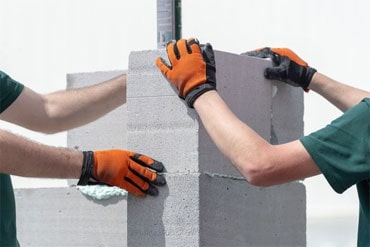 Aerated Concrete Block Industry
Aerated Concrete Block Industry  Brewery Industry
Brewery Industry  Captive Cogen Industry
Captive Cogen Industry 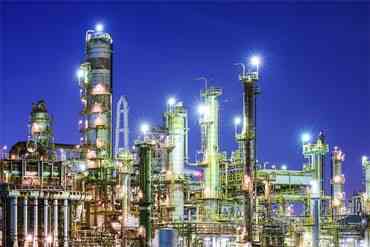 Chemical Industry
Chemical Industry  Dairy Industry
Dairy Industry 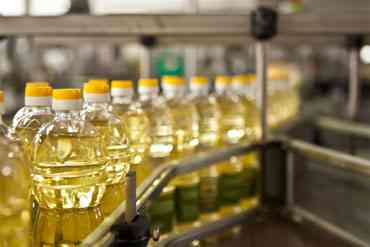 Edible Oil Industry
Edible Oil Industry 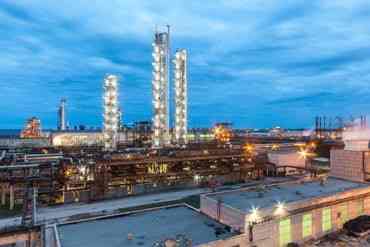 Fertilizer Industry
Fertilizer Industry  Hotel Industry
Hotel Industry 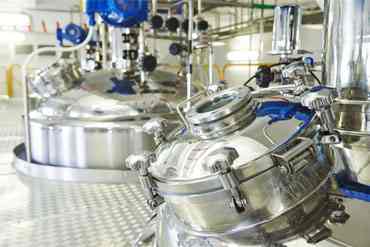 Pharma Industry
Pharma Industry 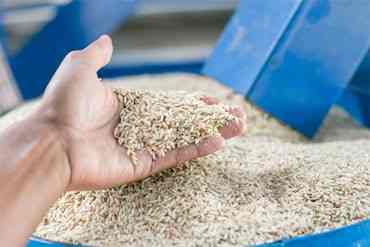 Rice Industry
Rice Industry 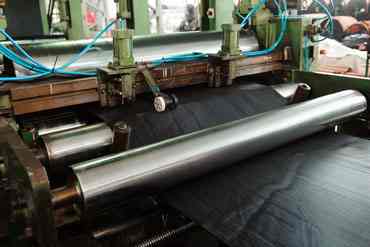 Rubber Industry
Rubber Industry  Soap Industry
Soap Industry 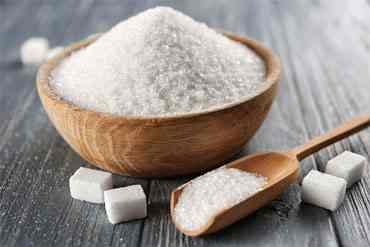 Sugar Industry
Sugar Industry 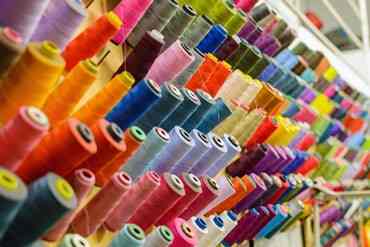 Textile Industry
Textile Industry 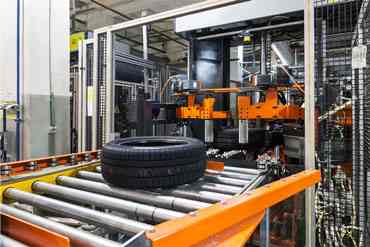 Tyre Industry
Tyre Industry